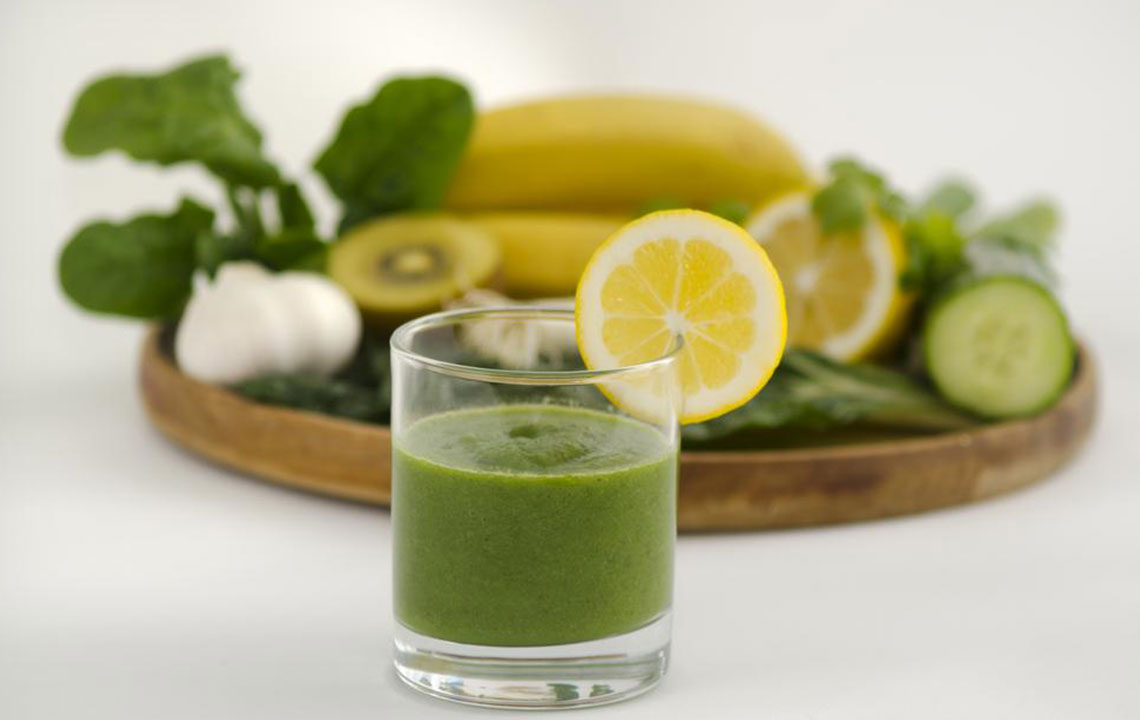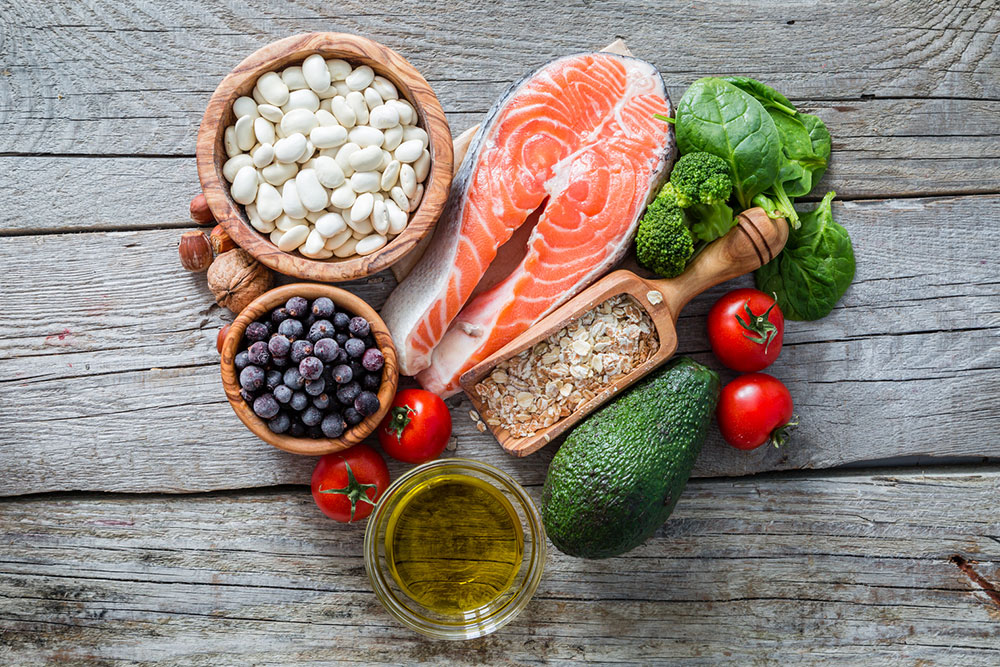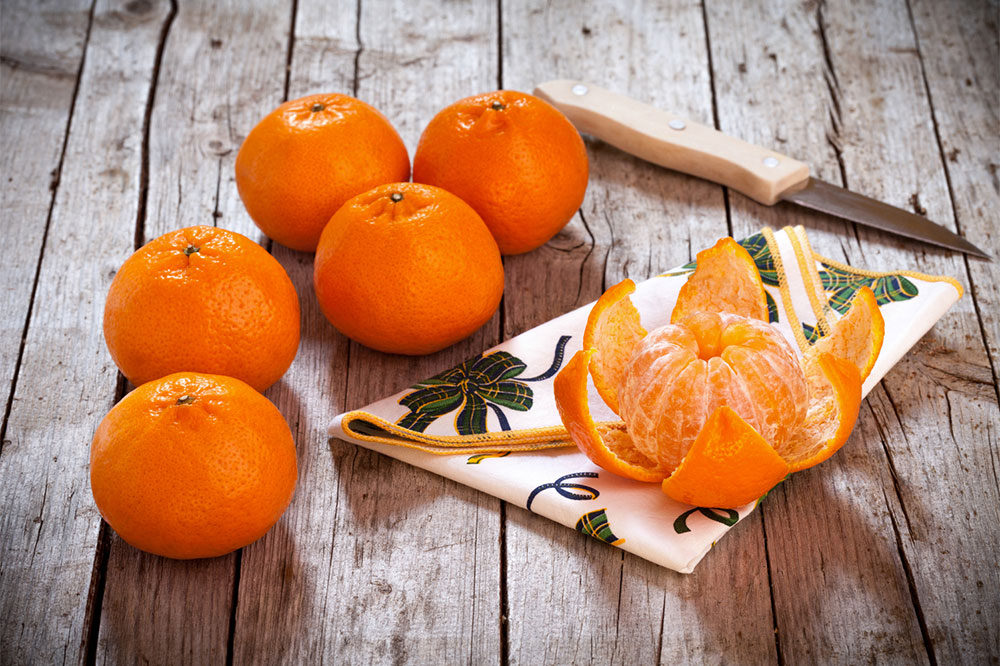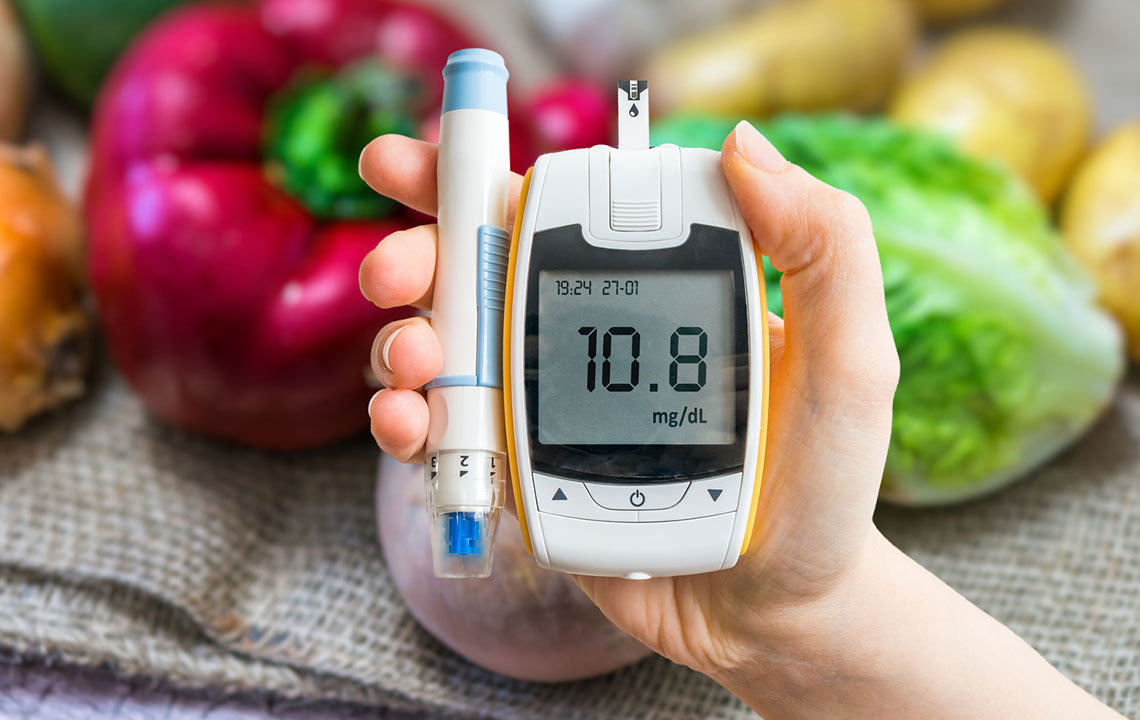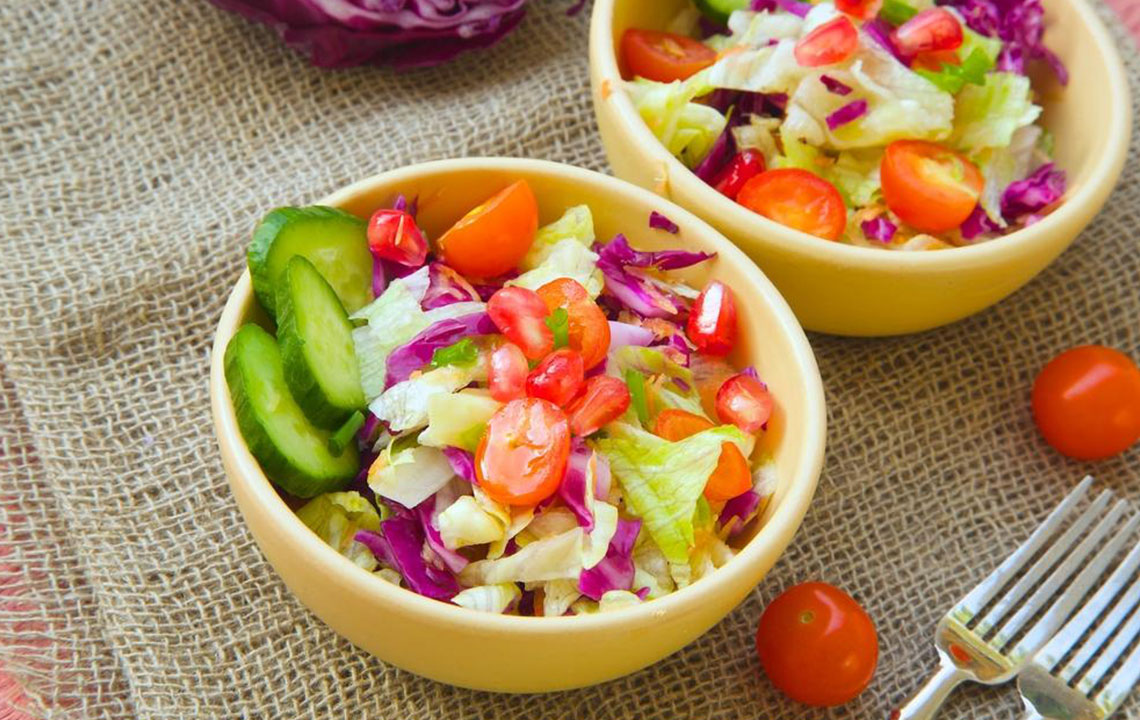Effective Methods for Diabetics to Safely Enjoy Fruit Delights
Learn effective strategies for diabetics to enjoy fruits healthily. Discover low GI fruit options, portion control tips, and why whole fruits are superior to juices. Maintain blood sugar stability with these expert-approved methods and enjoy the nutritional benefits of fruits safely.
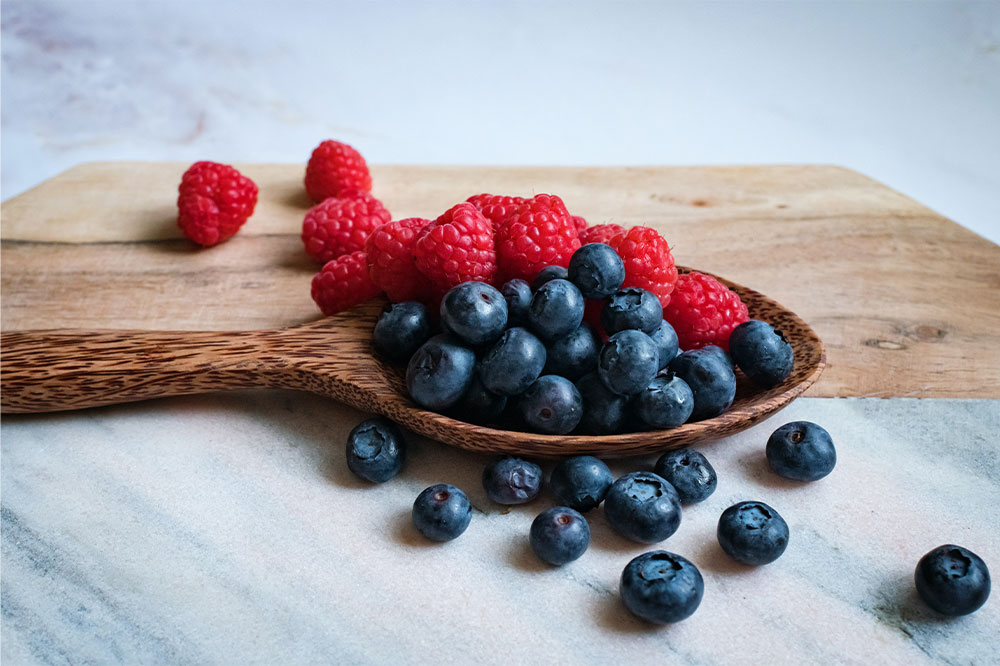
Effective Methods for Diabetics to Safely Enjoy Fruit Delights
Managing blood sugar levels effectively is a cornerstone of diabetes management, particularly when it comes to incorporating fruits into your diet. Fruits are naturally nutritious and delicious, but many contain high levels of sugars that can challenge blood sugar stability. The secret lies in selecting the right types of fruits, controlling portion sizes, and understanding how different fruits affect your blood glucose. By adopting strategic eating habits, diabetics can enjoy the health benefits of fruits without risking blood sugar spikes.
Choosing the Right Fruits with Low Glycemic Index (GI)
One of the most effective ways to keep blood sugar levels in check is to select fruits that have a low glycemic index. The GI measures how quickly a food raises blood glucose levels after consumption. Fruits like cherries, strawberries, pears, peaches, and oranges are excellent choices due to their low GI ratings. These fruits are not only lower in sugars that cause rapid spikes but are also packed with vital nutrients, antioxidants, and dietary fiber that promote overall health. Incorporating such fruits into your daily diet ensures you enjoy their nutritional benefits while maintaining blood sugar stability.
Incorporate Fiber-Rich Fruits to Support Digestion and Satiety
High-fiber fruits are essential for diabetics because fiber slows down the digestion process, resulting in a more gradual rise in blood glucose levels after eating. Fruits like berries, apples, pears, and plums are rich in fiber, which aids in digestion, enhances the feeling of fullness, and helps regulate glucose absorption. Including these fruits regularly in your diet can contribute significantly to balanced nutrition, weight management, and controlling hunger pangs, thereby supporting overall blood sugar management.
Practice Portion Control for Safe Fruit Enjoyment
Portion size is critical when it comes to consuming fruit with diabetes. While fruits are healthy, overeating can lead to excess fructose intake, causing blood sugar to spike. Health professionals recommend limiting fruit servings to manageable amounts—such as a small handful of berries, sliced apple, or half a banana. Opting for fresh fruits over dried or processed versions is preferable, as dried fruits often contain added sugars and preservatives that can elevate blood glucose levels unexpectedly.
Moderation is Key to Effective Blood Sugar Management
Setting boundaries on fruit intake is vital. Appropriate portion sizes help sustain stable blood sugar levels and prevent sudden surges. For instance, a typical serving can be approximately one cup of berries, a small apple or orange, or half a banana. These portions are not only healthful but also satisfy cravings without overloading your system with sugars, thus maintaining better overall control.
Reconsider Fruit Juices Due to High Sugar Content
While fruit juices might seem like a healthy alternative, they often lack the fiber present in whole fruits and tend to be high in sugars. Even fresh-pressed juices can cause rapid increases in blood glucose levels. It is better to consume whole fruits to benefit from fiber, slow carbohydrate absorption, and the array of essential nutrients. Whole fruits contribute to a feeling of fullness and deliver more comprehensive health benefits, making them a smarter choice for diabetics.
